Products
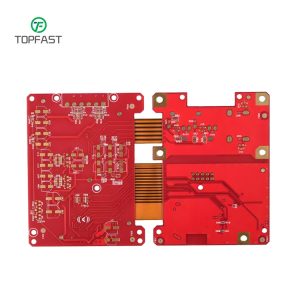
10-Layer Rigid-Flex PCB
Technical specifications, application advantages, and Topfast’s professional manufacturing capabilities for 10-layer rigid-flex
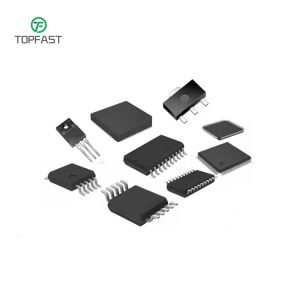
Integrated Circuits (ICs)
Understanding the working principles, classification, and applications of integrated circuits (ICs), Topfast
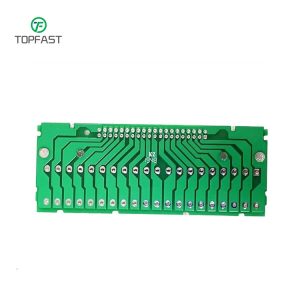
FR-4 PCB
Topfast specializes in providing a full range of FR-4 PCB services, including
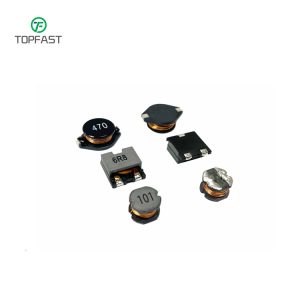
Inductor
TopFast provides global customers with a full range of services from inductor
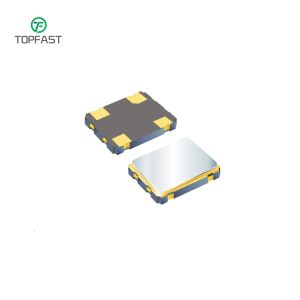
Crystal Oscillator
Topfast provides you with one-stop services for crystal oscillator procurement and PCB
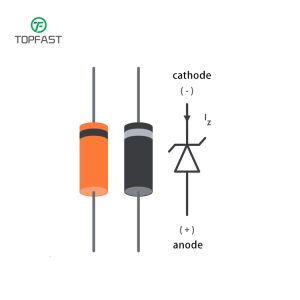
Diode
The critical role of diodes in electronic circuits, we provide comprehensive diode
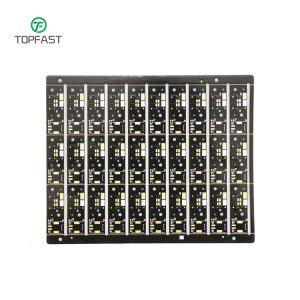
Metal Core PCB
Technical features, advantages, and application scenarios of metal core PCBs. As a
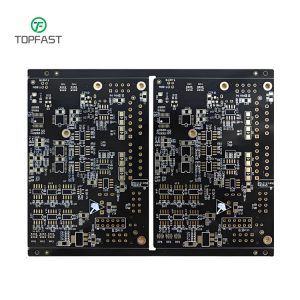
HDI PCB
This article details professional HDI PCB manufacturing services, covering advanced stacking technology,
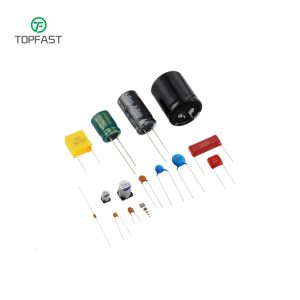
Capacitor
Topfast specializes in providing capacitor PCB solutions. With 17 years of industry
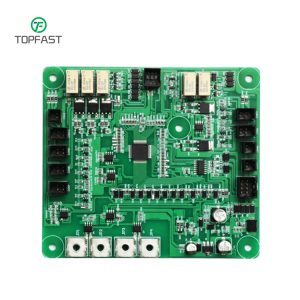
Turnkey PCB Assembly Services
This article details the core advantages of Topfast’s professional turnkey PCB assembly
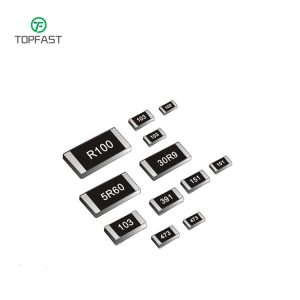
Resistors
This article details Topfast’s resistor product system and technical advantages, covering high-precision
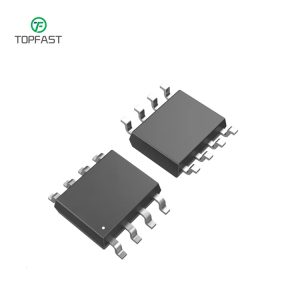
MCU(Microcontroller Unit)
Topfast offers professional MCU procurement and PCB assembly services, supplying STM32, ESP32,
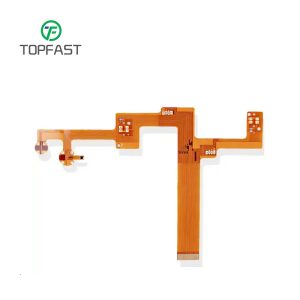
4-Layer Flexible PCB
This article introduces Topfast’s 4-layer flexible PCBs, highlighting their high-density routing, dynamic
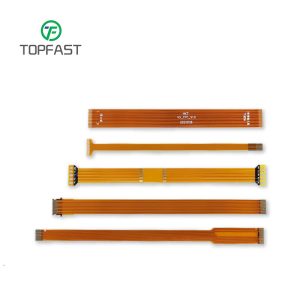
Single-Sided Flexible PCB
This article introduces Topfast’s professional single-sided flexible PCB products, highlighting their advantages,
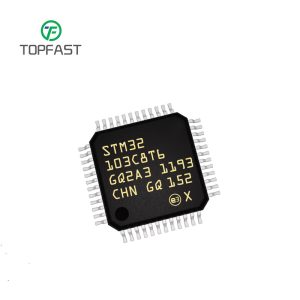
STM32F103C8T6 Microcontroller
STM32F103C8T6 microcontroller, covering its technical specifications, product details and more!
PCB Assemly FAQ
What does TopFast do?
TopFast provides high quality, on-time delivery of PCBs, PCBAs and one-stop solutions, integrating design, manufacturing, assembly, and sourcing in one global specialized supplier.
Your prices are so low, how do you ensure excellent quality?
1. We constantly introduce new equipment and technology.
2 We use high quality materials to ensure the quality of boards.3 We have more than 25 experienced executives and technicians who have been engaged in PCB production for more than twenty years, with rich experience in production management and professional PCB skills. Because we have an efficient direct sales channel, our overhead is extremely low. Every penny you pay is for the highest quality!
What is your lead time?
The fastest lead time we can support is 12 hours. 1 hour prompt quote. 4 hours prompt engineering. This depends on your product requirements and quantity. In addition, lead time will be included in your quote.
What about shipping cost?
For small packages, we recommend using an express courier (e.g. DHL, UPS, FedEx and EMS door-to-door service!). This is the fastest but also the most expensive way. For large parcels, ocean freight is the best solution. We can only give you accurate shipping rates if we know the quantity, weight and shipping method details.
I only have a schematic, can you make a PCB for me?
Yes. We can lay out the PCB according to your schematic and then arrange the production. Please contact us at Please send your schematic and requirements to **@********cb.com and we will provide a quotation accordingly.
How do I order?
Online: Get a free quote on our website. Send an e-mail to: **@********cb.com with an email containing the following information: name, company, address, phone number, email address, product number, quantity, product time and any other information you would like to share with us. Attach your gerber file.
Where do you manufacture your PCBs?
As a global PCB manufacturer, our factories are located in Guangzhou, China and Shenzhen, China, utilizing the advantages of each region to provide you with the best service.
Do you offer free samples?
We do not offer free PCBs, if you want to verify our quality before mass production, it is better to submit a prototype order. After verifying our quality, you can easily place an order for any quantity you need.
I am ready to place a large order, but I need to test your quality first. Is that OK?
Sure. You can place a prototype order first. Use any of the options to check the quality and then let us know if you want to proceed with mass production.
PCB Introduction
PCB (Printed Circuit Board) is a critical foundational component used to connect and support electronic elements, composed of insulating substrates and conductive traces. As a core element of the modern electronics industry, PCBs are used in nearly all electronic devices, serving as an indispensable medium for electrical interconnection between components.
Core Structure of PCB:
Substrate Material: Made of high-performance insulating composite materials such as FR-4, CEM-1, and CEM-3, providing mechanical support and electrical insulation.
Conductive Layer: Constructed from high-purity electrolytic copper foil, precisely etched to form circuit networks.
Soldering System:
Pads: Surface-treated (e.g., gold-plated or tin-sprayed) connection points for reliable component soldering.
Solder Mask: High-temperature-resistant insulating ink to prevent short circuits and oxidation.
Silkscreen Layer: Printed text and symbols for component placement and inspection guidance.
Application Fields:
From consumer electronics (wearables, mobile devices) to industrial equipment (automated control systems), from communication infrastructure (5G base stations) to defense and aerospace (radar systems), PCB technology continues to drive innovation across industries. As electronic devices evolve toward miniaturization and intelligence, PCB technology also advances to meet demands for higher performance and smaller form factors.